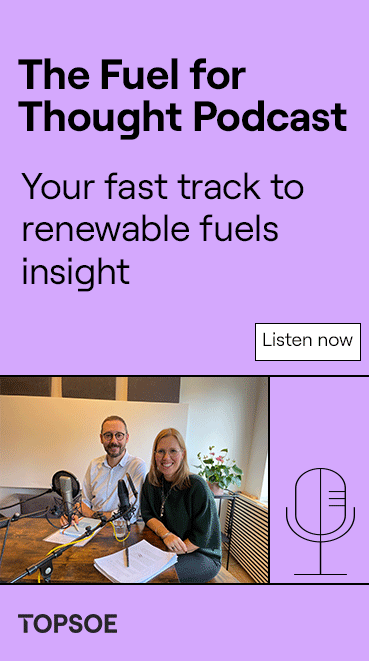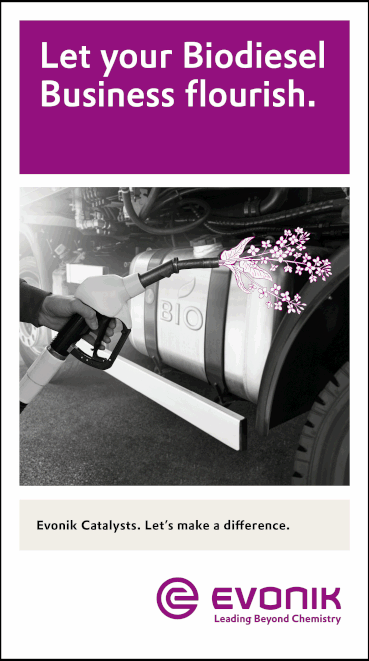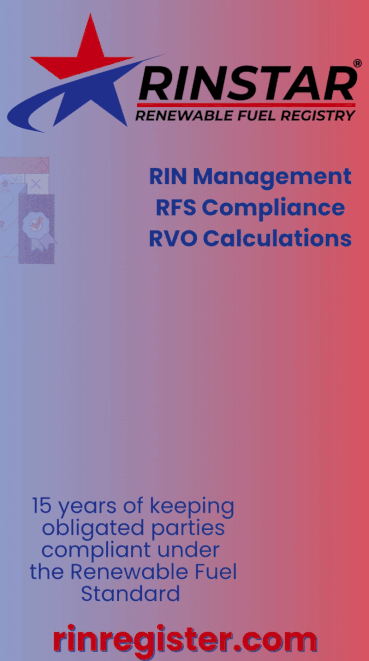Cynersorb: Designed for the Future
- David Gittins and Tony Smith
- Jan 25, 2022
- 3 min read
As biofuel mandates are increasing across the globe and the market continuously expands, green-diesel producers are requiring more throughput from their adsorbents to meet demand. Biofuel producers are drawn towards lower-quality feedstocks, either due to their more favorable carbon-intensity (CI) values or simply because the higher-quality feedstocks are already captured in long-term supply agreements with other producers. These feedstocks contain more impurities than virgin oils. Consequently, higher adsorbent-dosing rates are leading to choked flows, lower capacity and reduced performance.

Imerys adds value to biofuels produced with lower-quality feedstocks at the source, with filtration products that improve the quality of rendered fats, distillers corn oil and used cooking oil. By removing phosphorus, metals and other contaminants, Imerys’ filtration solutions allow “dirtier” fats and oils to meet feedstock specifications of biodiesel, renewable diesel and other oleochemical plants.

Using its Cynersorb range of filterable adsorbents, Imerys has eliminated the poor-filtration functionality of current adsorbents by starting with a filter aid and then adding proprietary surface engineering. The downside of increasing dosage levels of existing adsorbents is they tend to block the filter bed, leading to shorter filtration cycles. Cynersorb offers superior adsorbency while maintaining high porosity, which leads to lower metals at twice the flux rate in filtration. This is beneficial when using blends with lower-quality feedstock, extending the life of expensive catalysts, doubling throughput in existing systems or reducing the capex for new pretreatment systems.
How It Works
Cynersorb’s novelty and value comes from its three-in-one functional design. The substrate, diatomaceous earth, is used for solid-liquid separation, trapping colloidal contaminants within its micropores. This three-dimensional network is also used as a scaffold to hold a reactive silica-gel layer high in surface area, which adsorbs soluble contaminants as the oil passes through the filter cake. Finally, this silica gel is used to carry chelating chemistry that reacts with the remaining contaminants transforming them into filterable or absorbable species. The result is a highly effective and efficient adsorbent that can be transported, stored and dosed using existing adsorbent-handling equipment. Cynersorb offers a family of products with varying filtration characteristics, made to fit unique customer demands while maintaining the benefits of the diatomaceous-earth structure, chelating chemistry and soaps removal depending on specific needs.

These properties combine to enable Cynersorb to better remove unwanted contaminants, even at fractional dosing rates. This also leads to less waste cake and product losses for customers, since waste-cake generation is directly proportional to dosing rates.
More liquid can be filtered through Cynersorb because it has internal voids in addition to the gaps between the particles, therefore it has a higher permeability than bleaching earth, so there is a higher throughput at the same pressure difference (Delta P). These voids also trap particulate contaminants so fast flow is maintained even with very cloudy rendered fats or used cooking oils.
Helping Throughput, Reducing Power Needs
In collaboration with industry-leading engineering firms and equipment manufacturers, Imerys is working to reduce the total cost of ownership for operating plants, and enabling new plant builds to be constructed with significantly smaller footprints and capital expenditure. Today, Imerys is engaged in detailed studies into specific feedstock blends in order to be of higher value to plants that are now being designed. New plants are planning to utilize lower-cost, lower-quality feedstock blends. The replacement of water-wash systems and dry-wash alternatives is a more recent project on which Imerys has been approached to advise, as a result of increasing water scarcity and tightening effluent regulations. Coupling Cynersorb’s filtration and impurities-reduction performance with the side benefit of significant waste-cake disposal reduction due to greater cycle lengths and lower dosing rates, some larger biodiesel plants could see a six- to seven-figure cost avoidance.
Customer Focus: Imerys’ Greatest Strength
Imerys works closely with plant operators and their engineering-support teams to help identify new solutions to problems that have yet to happen. Imerys’ proven track record and innovation are core to its reputation. If producers are having issues achieving throughput stemming from feedstock blends or elevated dosing rates hindering pretreatment performance, they should consider Cynersorb.

Authors:
David Gittins
Science & Technology Director, Imerys
david.gittins@imerys.com

Tony Smith
Sales Director, Imerys
tony.smith@imerys.com


































